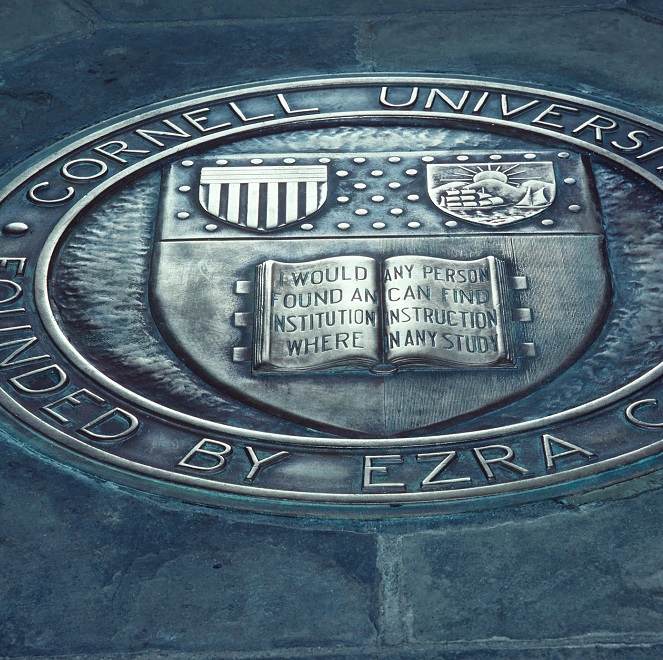News
Full listing
July 11, 2025
Cornell’s team rose to the occasion this spring, earning standout honors. The final structure was assembled in just 16 minutes, weighed only 216 pounds, and supported a 2,500-pound load with minimal bending. The bridge placed first in lightness and second in both stiffness and structural economy — making it one of the top-performing entries in the region.
July 10, 2025
For decades, ferromagnetic materials have driven technologies like magnetic hard drives, magnetic random access memories and oscillators. But antiferromagnetic materials, if only they could be harnessed, hold out even greater promise: ultra-fast information transfer and communications at much higher frequencies – a “holy grail” for physicists.
May 19, 2025
Brad Ramshaw, associate professor of physics in the College of Arts and Sciences and researcher in LASSP, has been named to the 2025 class of Brown Investigators. Each investigator, recognized for curiosity-driven research in chemistry or physics, will receive up to $2 million over five years.
May 1, 2025
Paul Malinowski, Klarman Fellow in physics in the College of Arts and Sciences, received the 2025 Martin and Beate Block Winter Award from the Aspen Center for Physics, awarded in recognition of outstanding achievements by a promising young physicist.
December 2, 2024
Cornell researchers in physics and engineering have created the smallest walking robot yet. Its mission: to be tiny enough to interact with waves of visible light and still move independently, so that it can maneuver to specific locations – in a tissue sample, for instance – to take images and measure forces at the scale of some of the body’s smallest structures.









